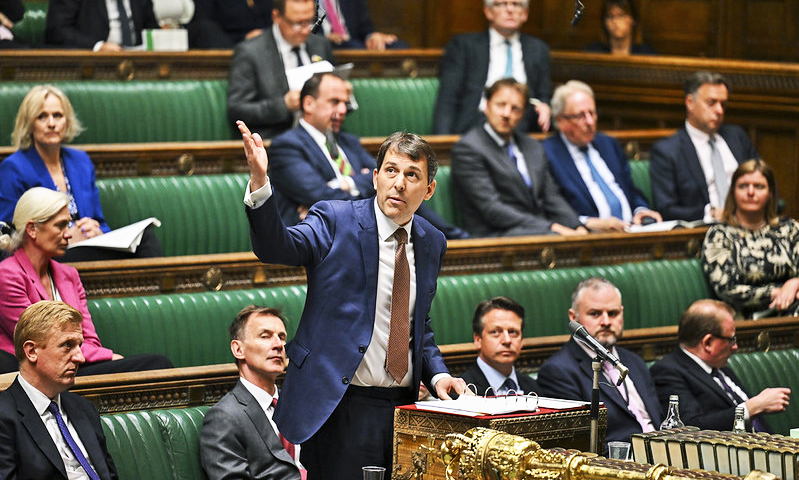
Standing Orders
Mystifying as they may seem to a casual onlooker, there are certain procedural rules that everyone in the two Houses of Parliament must follow. These are called Standing Orders ~ ‘standing’ because although they are amended frequently, they continue to be observed from one Parliament to the next. They necessarily began to evolve with the establishment of the first Parliaments in the 13th and 14th centuries.
There are separate Standing Orders for each House and for Public and Private business, making four sets in total. They cover the steps for debating, asking questions, putting motions, joining committees, making statements and amendments, and even the timing of sittings and the etiquette of taking seats in the House. In addition to this guidance, there is a Code of Conduct for personal behaviour.
Prior to 1854, when there were procedural reforms, the Standing Orders were indulgent by omission and so few that they took just one sheet of paper, but there are now hundreds of pages for the new MP or Lord to absorb. There are also the unwritten ‘conventions’ to take on board. However, there are numerous staff members to assist with all of this, as well as provide debate packs, analyses and briefings.
(Image: House of Commons at Flickr.com / CC BY-NC-ND 2.0)
